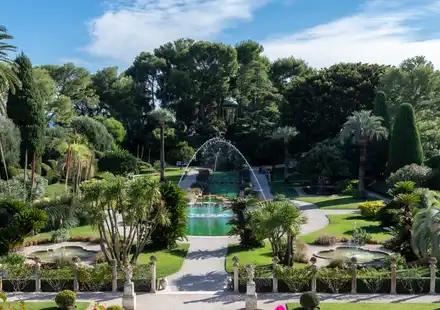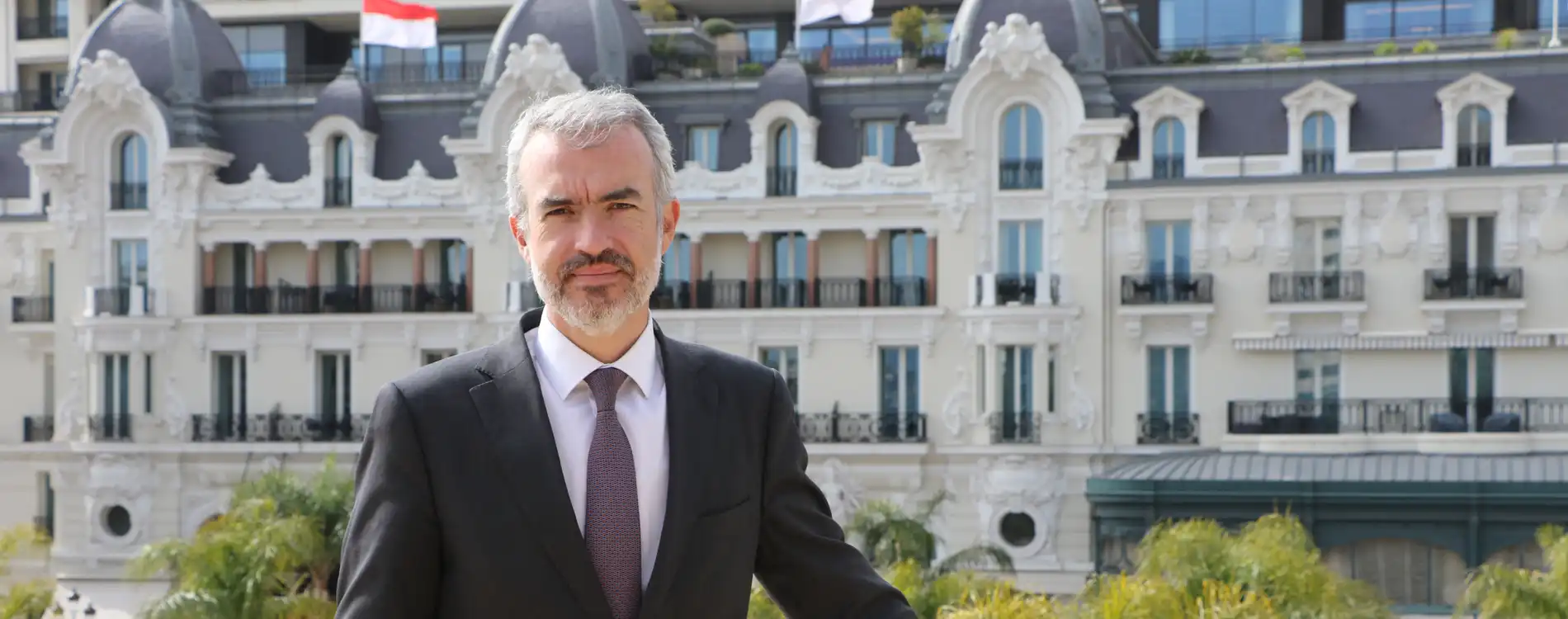Published on April 14, 2022Updated on June 19, 2023
“Everything must change for everything to remain the same”… Monte-Carlo Société des Bains de Mer founder François Blanc lived by this motto, which perfectly encapsulates the formidable challenge still faced by the Group today: how do we enrich and develop our built heritage when it is already this wonderful? And how do we preserve Monaco’s architectural gems while also providing state-of-the-art services? Luc Leroy, the Monte-Carlo Société des Bains de Mer’s Building, Design & Construction Director, walks us through his architectural ambitions and the task of balancing creative aspirations with the practicalities of town planning.
Developing heritage: an exciting challenge
With hotels, restaurants, cafés, clubs and more, Monte-Carlo Société des Bains de Mer has an impressive portfolio of built heritage to its name, particularly in the city's Carré d'Or district. For Luc Leroy, the Group’s Building, Design & Construction Director, it is not to be taken on lightly, but “with much humility: some of these buildings have been here for 150 years. People before our time have designed them, built them, maintained them, brought them alive and developed them to reflect the wants and needs of their own day and age.” At the Casino de Monte-Carlo for example, a number of rooms have been repurposed over the years, with every change designed down to the last detail to preserve the nature of the place as more modern elements are introduced. The aim, as Leroy explains, is always to “breathe new life into the building and revitalise it whilst staying true to its history.”

Monaco’s thriving built heritage
From an architectural and town-planning perspective, Monaco is in a class of its own. For example, where France has a special guild of Historical Monument Architects, Monaco does not, meaning that none of its buildings are listed. However, its size – a little over 2km2 – makes it possible for every building to be managed individually. “A Sovereign Ordinance has taken shape over time, which determines exactly what can and cannot be changed in each building,” says Leroy. A Construction Advisory Committee, formed of representatives from Monaco’s town planning, cultural and economic spheres, meets regularly to rule on project applications.

One building that comes under especially close scrutiny is – once again – the Casino de Monte-Carlo: “In addition to the exterior, the artwork, statues and frescoes all require special care.” That, however, is not the focus for Leroy and his teams right now: the Café de Paris is currently taking up all (or almost all!) of their attention as it prepares for a transformation. This will not be its first: it was redeveloped once before in 1987, when the Salon Bellevue was created. The challenge this time? “To make the building blend in with its surroundings,” says Leroy, “so it complements its neighbours in Place du Casino: the Hôtel de Paris Monte-Carlo and the Casino de Monte-Carlo.” Soon, visitors will be able to enjoy a number of new spaces, including new shops, and the highly anticipated opening of a new Amazonico restaurant, right at the heart of the brand-new Café de Paris.
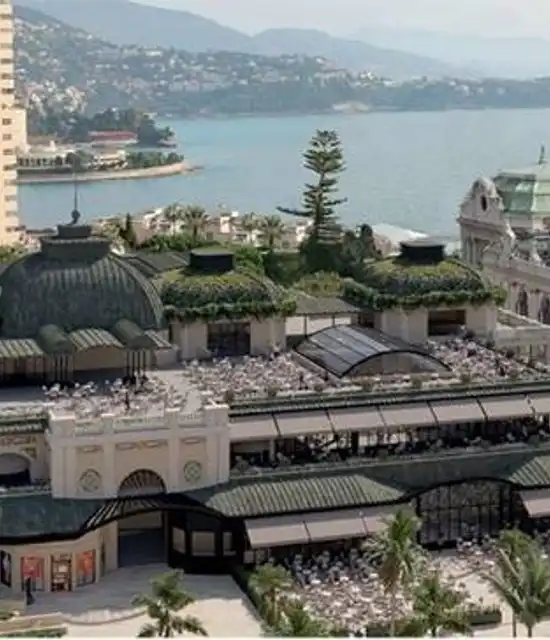
Monegasque heritage: when past meets future
So why exactly would anyone decide to change – sometimes radically – an iconic building? According to Leroy, there are several factors at play: “We step in to restore harmony and coherence in buildings that have undergone a series of updates.” A renovation can also be a chance to correct “architectural issues caused by previous developments that used different methods, and involved a different level of awareness.”

When taking on a renovation project, curiosity is key: “looking for period photos and documents is crucial – they help us to understand why the building was designed and built the way it was.” Understanding how a building has changed over time improves the design of future iterations, “using previous work as a starting point and infusing it with a more contemporary feel.” By respecting this link – this unbreakable connection between past and present – a renovation project is much more likely to find favour with the general public. Leroy points to the restoration of the Jardins des Boulingrins following the dismantlement of the pop-up shops on the Monte-Carlo Shopping Promenade as an example: “We went back to our roots, as the original “boulingrin” – or bowling green – was a grassy space with sloping sides that helped keep balls in the field of play.” By drawing on this history, the space has been successfully reinvented with a more contemporary twist.
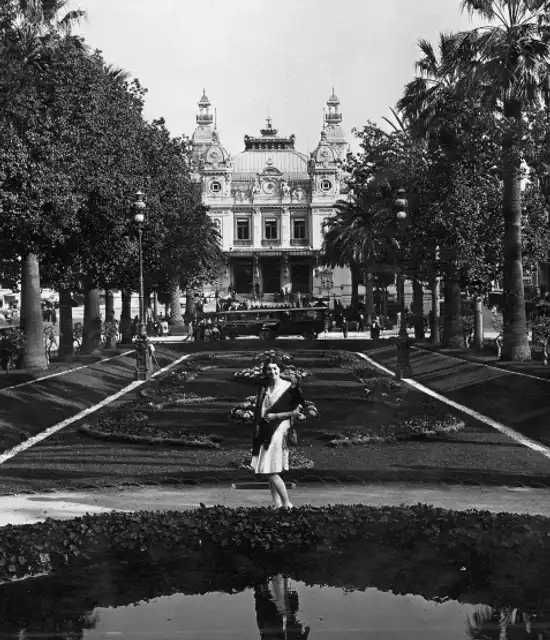
Using innovation and new techniques to preserve heritage
In order to preserve our heritage, the Monte-Carlo Société des Bains de Mer teams chiefly use new restoration techniques. “For example, running diagnostics on frescoes and statues can tell us about how they were made, and what they are made of.” This analysis then informs the restoration process. Other methods such as 3D surveyor’s reports can offer different perspectives again. Using these innovative techniques also helps us to improve projects’ sustainability credentials – a key concern for the Monte-Carlo Société des Bains de Mer Group. With this in mind, Leroy’s team has rolled out “seawater heat exchangers for heating and cooling buildings to premises of all ages.” During the works, as many raw materials as possible were sourced from local or nearby suppliers.
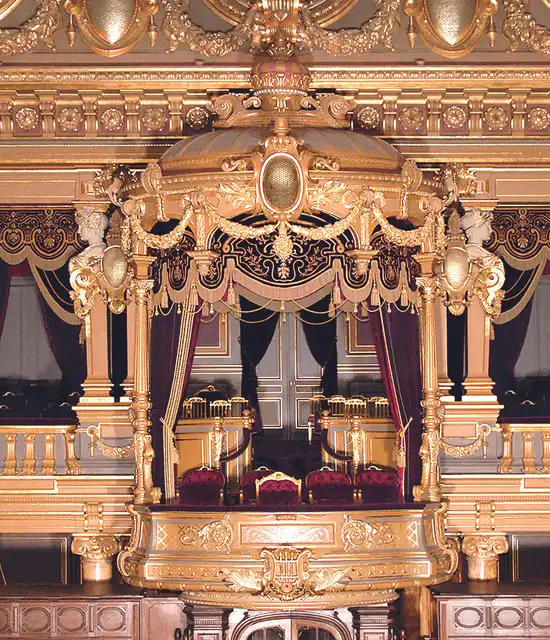
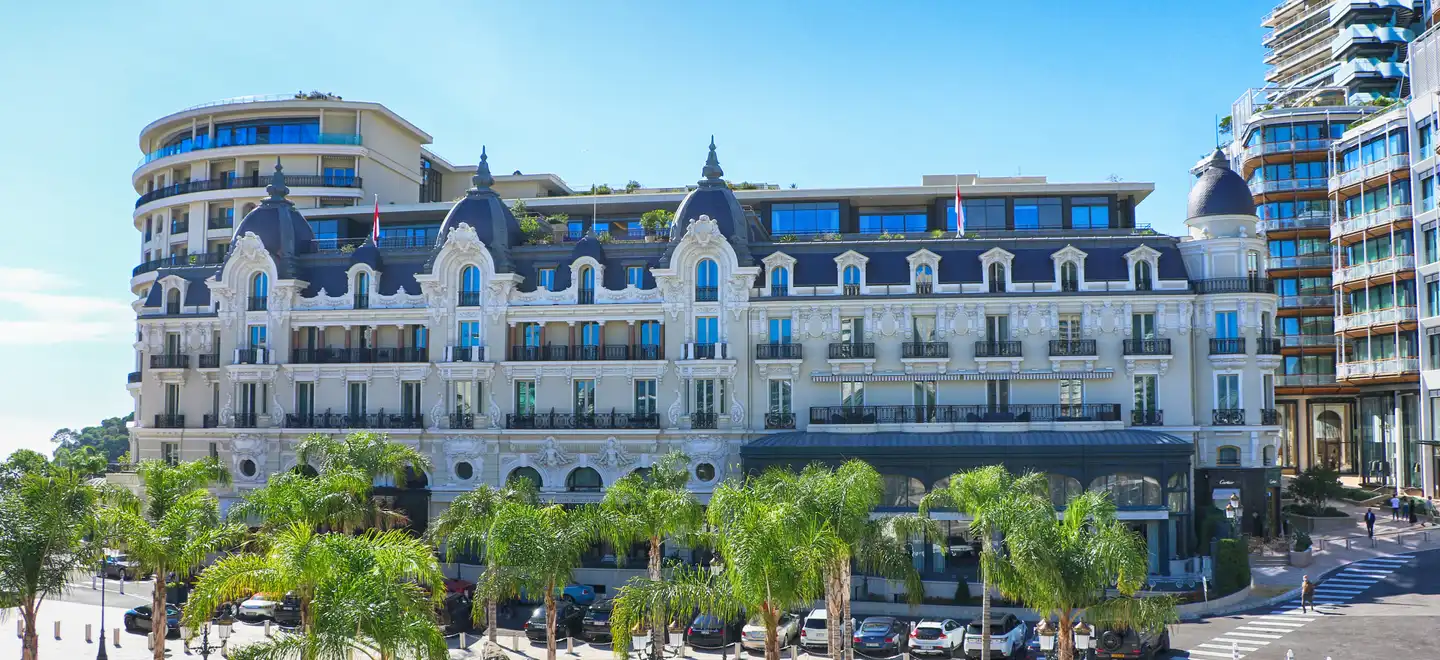
Looking to the future: the new face of the Principality
Over the past few years, some ambitious projects have radically changed the way Monaco looks. Take the transformation of the Hôtel de Paris Monte-Carlo, for example: an historic development project where, for the first time in history, the palatial hotel closed its doors for a number of weeks. In recent times, the Larvotto seaside area has also undergone considerable updates. So what will the ever-changing Monaco look like in the future? Leroy is cautious when it comes to making his predictions: “Practicalities will also play a part in determining the broad strokes. Everything in Monaco is connected: one activity sets another in motion, frees up land elsewhere…it is extremely dynamic here in that respect.” Monte-Carlo Société des Bains de Mer is committed to increasing its efforts to identify exactly what its customers and country needs, and is ready to rise to any challenge in the name of showcasing its priceless heritage.
You might also like…
Festive Activities, Illuminations & Christmas Market in Monte-Carlo
From entertainment, illuminations to Christmas markets, find out where to go in Monaco to enjoy a magical festive season.
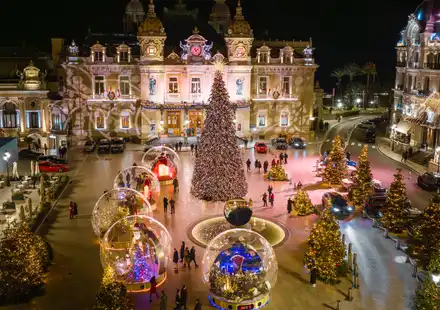
Chic and iconic : Monaco, a seaside destination
Do you prefer to go out on the town or just relax by the sea? Imagine your ideal stay in Monaco.
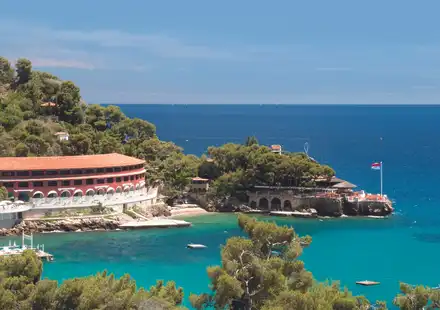
Art in Monaco and Beyond: Strolling through the Cultural Landscape of the Principality
From opulent galleries to captivating street art and museums dedicated to iconic artists of the 20th Century, immerse yourself in the vibrant art world of Monaco and its surroundings.
